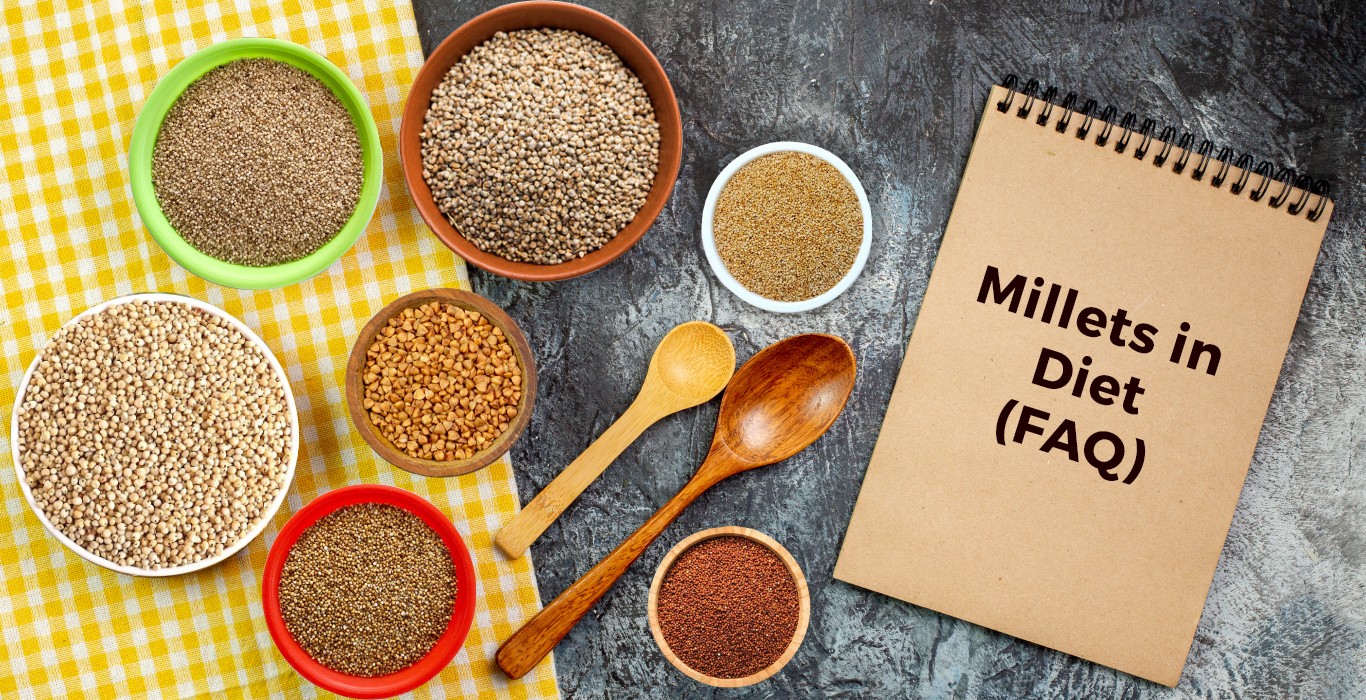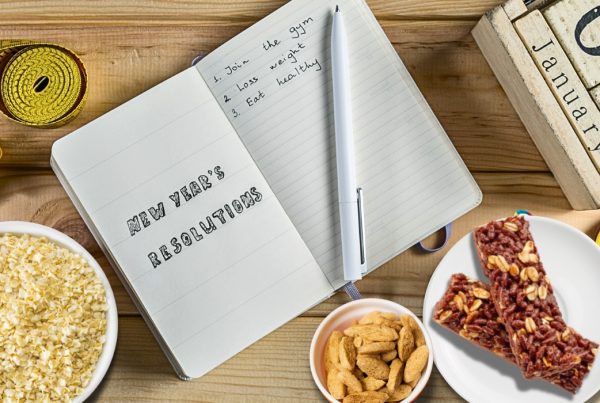1 What are the Siridhanya or positive millets?
1 Siridhanya or positive millets consist of five varieties named little millet, Foxtail millet, Kodo millet, Barnyard millet and Brown top millet. Well-known food scientist Dr. Khadar Vali has named these millets as positive or Siridhanya millets and recommended them for curing various serious diseases. They are highly nutritious, gluten-free and have incredible healing properties. When consumed properly, Siridhanya millets can cure serious diseases like cancer, diabetes, thyroid and kidney diseases and other endocrinal health issues. Moreover, these five millets can be a perfectly balanced meal and can fulfil the body’s nutritional requirements.
2 What is the impact of Siridhanya millets on the body?
2 Positive millets or Siridhanya millets work on different systems of the body and help in healing and curing many ailments too. Foxtail millet works on the lungs and nervous system. Consuming foxtail millet helps in improving the nervous system and lung functions. Kodo millet acts as a blood purifier and works on Bone marrow. They are extremely helpful in boosting immunity.
Little millet acts on the genitals and reproductive system and helps in curing diseases of the reproductive system. Barnyard millet is a great fasting food. It acts on the spleen, gall bladder and other soft parts of the body. Browntop millet is the king of all millets. It cleanses the gastrointestinal tract and helps in curing various gastric issues.
3 Can I consume millets every day?
3 Yes, you can consume millets every day and can make millets a routine part of your diet. However, just like other whole grains, it is important to consume millet in moderation. otherwise, it may cause obesity and may lead to excess weight gain. ICMR ( Indian institute of millets research) recommended that you can eat 90-100 gm of millet every day.
Also, if you are new to millet, avoid excessive consumption in beginning. Start gradually and then increase millet quantity over time. This thing helps in avoiding digestive health issues due to the high fiber content of millet.
4 How to include millets in a kid’s diet? (Especially, if they do not like the taste)
4 Yes, it is a common scenario in many households, where kids do not like the taste and texture of millet. And they do not want to eat traditional millet recipes like Millet Dalia or millet upma. In that case, you can make interesting and kids-friendly recipes like Millet cookies and cake, millet dosa and millet chips. You can also add a small quantity of millet flour with wheat flour to make chapatis. The key is to introduce millet gradually into their diet and make tasty recipes with millet. Over time, they will learn to appreciate the millets recipes.
Q.5 Do millets cause digestive disturbances?
A.5 This is another common misconception about millets. Millets do not cause digestive disturbances. However, your body takes some time to adjust to a new grain in the beginning. Millets are high in fiber; they absorb more slowly than other traditional grains. Thus, some people may have complaints of gas, bloating or other minor digestive health issues, when they start eating millets. Drinking more water and avoiding eating millet at the night can be a helpful solution to reduce these minor digestive issues.
Q.6 What are the health benefits of millets?
A.6 Millets offer plenty of incredible health benefits. They are highly nutritious. Millets contain various essential nutrients like iron, calcium, zinc etc. and provides excellent nourishment to the body. Including millet in your diet is a great way to prevent and treat nutritional deficiency. Furthermore, millets have a low GI index and prevent sugar spikes.
They are an ideal grain for diabetics. Millets also play a vital role in the prevention of various lifestyle diseases like heart disease and hypertension. Being gluten-free, millets are the best choice of grain for people who have a gluten allergy or celiac disease.
Q.7 Can pregnant women and babies consume millets?
A.7 Yes, millet is an ideal choice of grain for pregnant women and babies. Millets are high in nutrition and can be a great option for those pregnant women who suffer from gestational diabetes. Millets help in preventing high blood sugar levels and work great in managing gestational diabetes well. For babies, millet is an excellent grain. You can make various tasty and healthy millet recipes like millet stew, and millet-apple porridge for introducing millets to babies.
Q.8 Can you lose weight by eating millets?
A.8 Yes, including millet in your diet is a great way to lose weight. It also helps in maintaining an ideal weight. Millets are low in calories and high in fiber. They keep you full for a longer period and prevent unhealthy snacking and frequent eating. Millets digest gradually and regulate blood glucose levels too. Moreover, some millets like Jowar or sorghum contain a good amount of vitamin B which helps in improving metabolism and helps in the weight loss process too.







